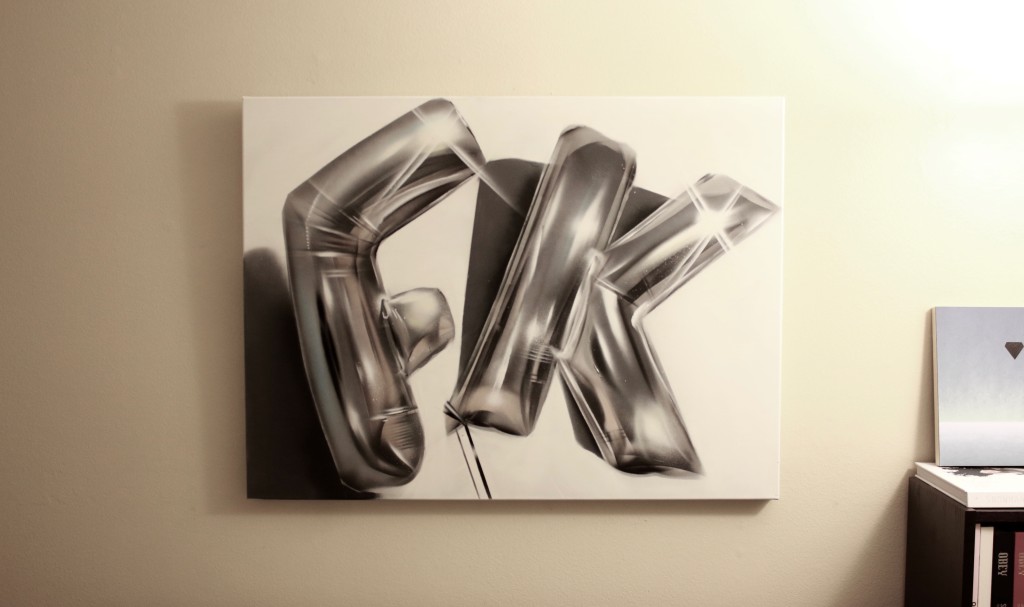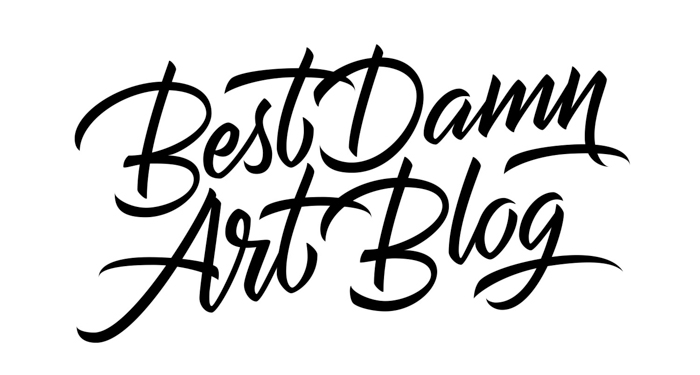
The most common question I receive when I talk about my collection is: “Where do you buy art?” There are different strategies a collector can employ, but it will depend on the strength of the artist’s market and his output.
In this Education series, we will take a look at the myriad different ways of acquiring works for your personal collection, whether through the traditional gallery system or by directly contacting artists. The first installment of this series is the private commissioning of work. How badass does that sound, “I commissioned a piece for my collection”?
Let’s take a look at how to go about doing this.
Who
This strategy works best on emerging artists, who may not yet be fully represented by a primary gallery, but are consistently outputting new works so that you can discern style or content that you might be interested in.
What
Do your research. Browse the artist’s website, which usually has a portfolio of works that the artist is especially proud of, or her Instagram page, which almost all artists have these days. After examining the works, you need to be able to articulate what subject, style, or “feel” you want expressed. This is the most important aspect of the commissioning process because the better you are able to communicate your vision to the artist, the more likely you will develop deeper levels of appreciation and enjoyment.
Where
To date, all my commissions occurred via emails. If the artist has a Facebook, Twitter, or Instagram, a DM would work just as well.
How
Now you know what you want and have a means to contact the artist. Start off the message with a personal note about how you came in contact with the artist’s work or what you love about her work. The purpose of this is to establish a rapport with the artist, to motivate the work to be the best it can be. Then ask if she is taking any commissions at the moment. If she is, then these are what you should provide:
- Budget. You should also take into account any shipping expenses that may incur.
- Medium (examples: canvas, paper, sculpture, etc). This is where your research will start to come in handy.
- Size. This will be determined by your budget, but it’s helpful to include since the artist may be able to accommodate your budget to fit the size you want.
- Content of the work. Try to describe your vision of the piece to the best of your ability. It’s just as acceptable to allow free rein to the artist, to give a loose abstraction, or to be specific down to the colors and composition of the piece, although I’d highly advise against that last one.
I don’t like to add too many terms to the commission for the fear of this becoming too much of a business transaction, so I keep things at a minimum. I’m an idealist like that.
Why
Private commissions are the most nerve-wracking method for obtaining works, but for the same reason it can be the most rewarding. You are putting up money sight unseen with the implicit trust between artist and collector that both parties will be happy with the result. However, it’s most rewarding in that you are guaranteed to have a personal connection to the piece because, although the artist did all the heavy lifting, your vision and story will gleam through every inch of the work. Instead of simply handing over money, you were an integral part of the artistic process that produced this result.
Doesn’t that make for a much more meaningful conversation starter?
